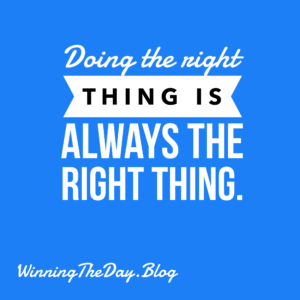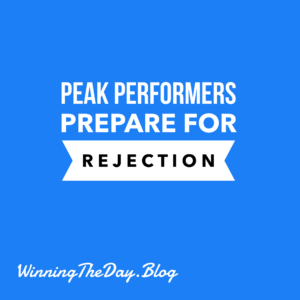Like many proud parents, I love celebrating my sons’ achievements—even if one chose the UCSC Banana Slugs over the UCI Anteaters! But today, I’m tackling a different kind of “ant”—the Automatic Negative Thoughts (ANTs) that can infest our minds.
Coined by Dr. Daniel Amen, ANTs are negative thought patterns that can sabotage our well-being. Dr. Amen’s inspiration came from a literal ant infestation in his kitchen, a stark reminder of how these mental pests can overrun our minds, stealing our joy and clarity.
Every thought triggers a chemical reaction in our brain. Negative thoughts—like sadness, hopelessness, or anger—release chemicals that can cause physical symptoms like clammy hands, muscle tension, and rapid heart rate. They can also impair our judgment, learning, and memory. Conversely, positive thoughts release chemicals that promote relaxation and mental clarity.
So, how do we exterminate these mental ANTs? First, we need to identify the common species:
- Fortune Telling: Predicting negative outcomes without evidence (“I’m going to fail this presentation”).
- Mind Reading: Assuming you know what others are thinking (“They probably think I’m incompetent”).
- Guilt Beatings: Using “should” or “must” to create feelings of obligation and self-criticism (“I should have done better”).
- Blame: Shifting responsibility to others, preventing personal growth and problem-solving.
- Labeling: Using negative labels to describe yourself or others (“I’m a failure,” “He’s a jerk”).
Here’s a simple three-step strategy to crush your ANTs:
Catch It: When you notice a negative emotion, pause and identify the thought behind it. What are you telling yourself?
Name It: Determine which type of ANT is at work (fortune telling, mind reading, etc.). Giving it a name helps you recognize its pattern.
Challenge It: Question the validity of the thought. Is there real evidence to support it? What’s a more realistic or positive way to view the situation?
Example:
- Thought: “I’m going to mess up this meeting.” (Fortune Telling)
- Challenge: “I’ve prepared thoroughly. While things might not go perfectly, I’m capable of handling whatever comes up. Focusing on the potential negative outcome is only making me more anxious.”
By consistently practicing this three-step method, you can weaken the power of ANTs and cultivate a more positive and productive mindset. Don’t let these mental pests control your thoughts and emotions. Take charge and reclaim your mental well-being.
Accept, Reflect, and Redirect to Win The Day.






